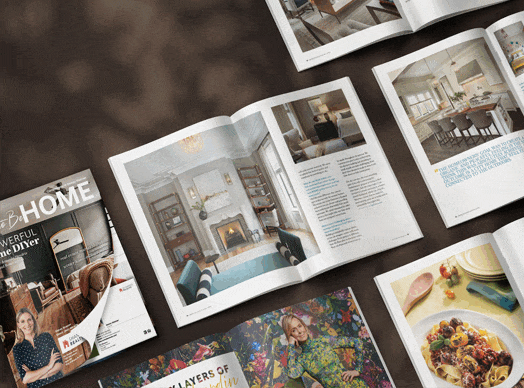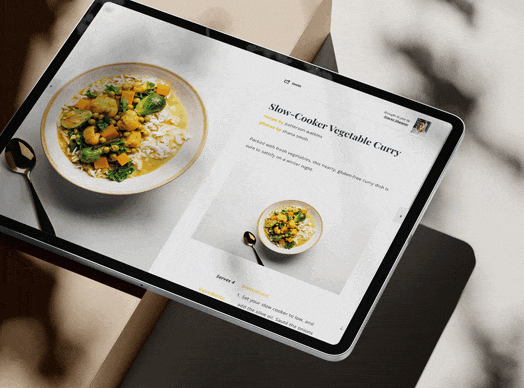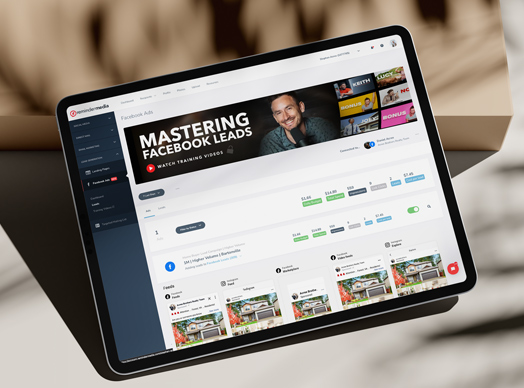Web design encompasses many things, but the one thing that should remain at the core of every website is how seamless the user experience is. Any visitor to a website should be able to navigate the various pages with ease, and have an experience that makes them want to come back for more.
Our web designer, Matt Nye, offers several points to making the user experience top-notch:
Stay humble
The obvious goal of UX design is to provide the best experience for users. The first mistake people make is to make assumptions that are incorrect, such as, “I use a thing this way, so my users must also use it this way.” Don’t do that. Don’t design UI for your preferences, always try to put yourself in the users’ shoes. Don’t be arrogant and think you have all the solutions. It’s very important to stay humble, and know that you can always learn something new and gain a different perspective.
Test, tweak, repeat
Once you’ve accepted that you may not have all the answers, you’ll want to find a way to reach your users and find out what they want. This can be done through usability testing (essentially asking a subset of users to test your product and tell you what they like and don’t like, or ask what they would like to see in your product). This can work; however, it’s also tricky because sometimes users don’t know what they want.
Henry Ford famously said, “If I asked the people what they wanted they would have said, ‘A faster horse.'” My favorite way around this is to A/B test. This process splits users’ up and shows one version to one set and a second version to the next set. Based on how they interact, you can determine without a doubt which version is better. The important thing here is to test elements that have high impact and make sure you analyze the results correctly. Then, repeat the process to refine the design and provide the best experience.
Observe as much as you can
Designs always have to start somewhere, so I always make sure to pay attention to every interface I interact with on a daily basis. Whether it’s a touch screen at Wawa or within a video game interface, I always try to notice how I use it and make note of what I like and don’t like. There are so many great designers out there and I’ve found that I can learn from them passively in my day to day life. This is also good because I stay aware of current design trends and expected behavior in UI elements. A good starting point is always to give users something they are familiar with.
With these pointers, designing a website with the user in mind is sure to remain top priority.









 Apple Podcasts
Apple Podcasts
 Google Play
Google Play
 Spotify
Spotify










